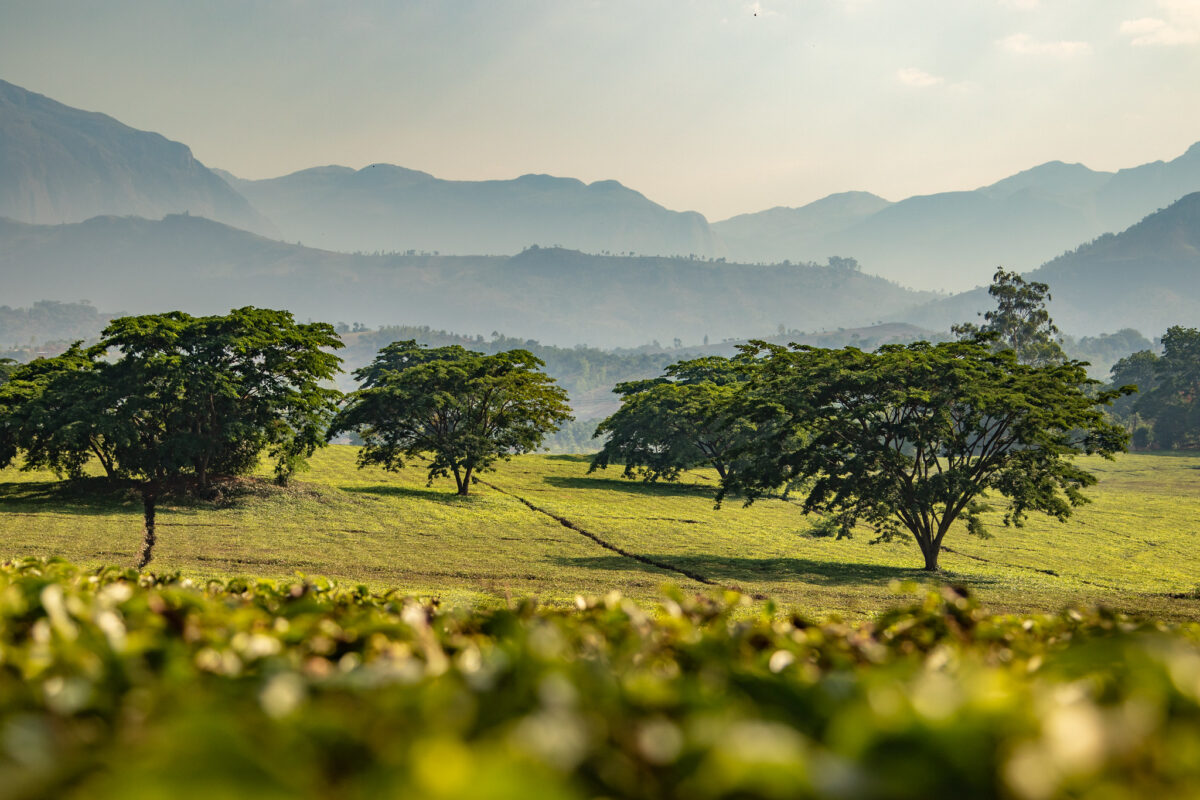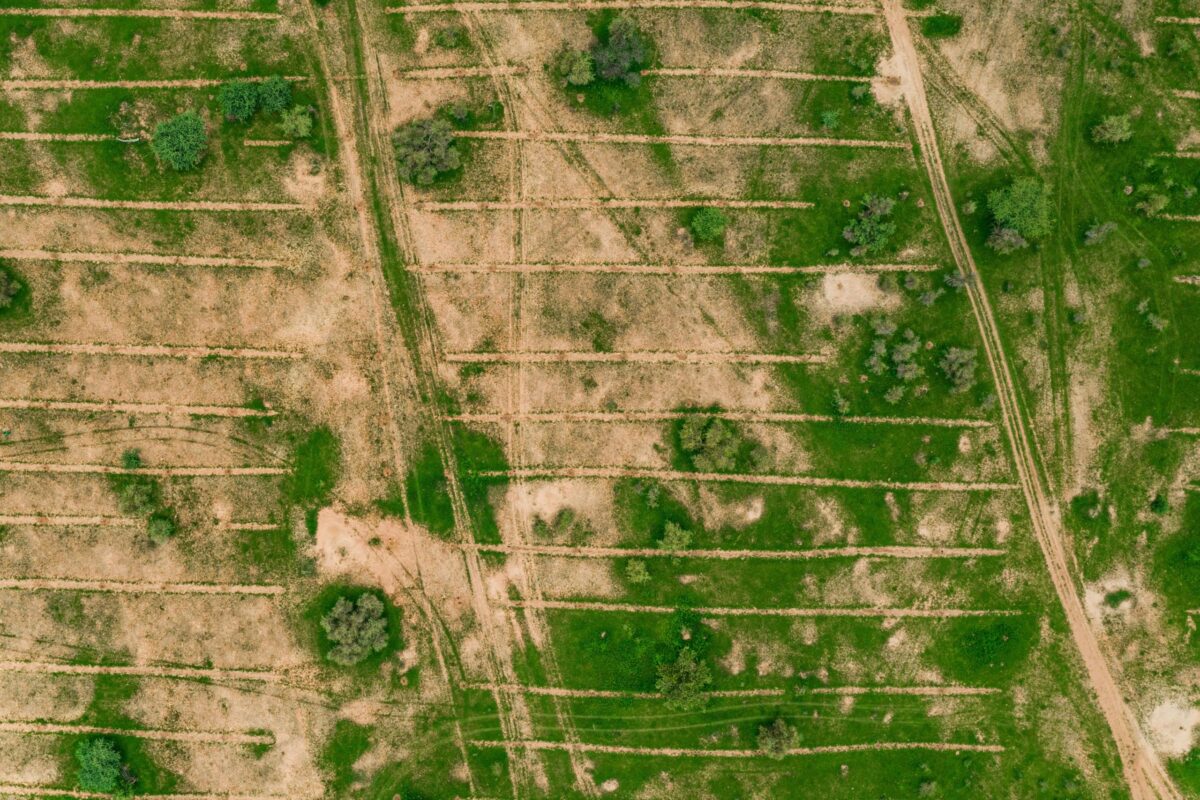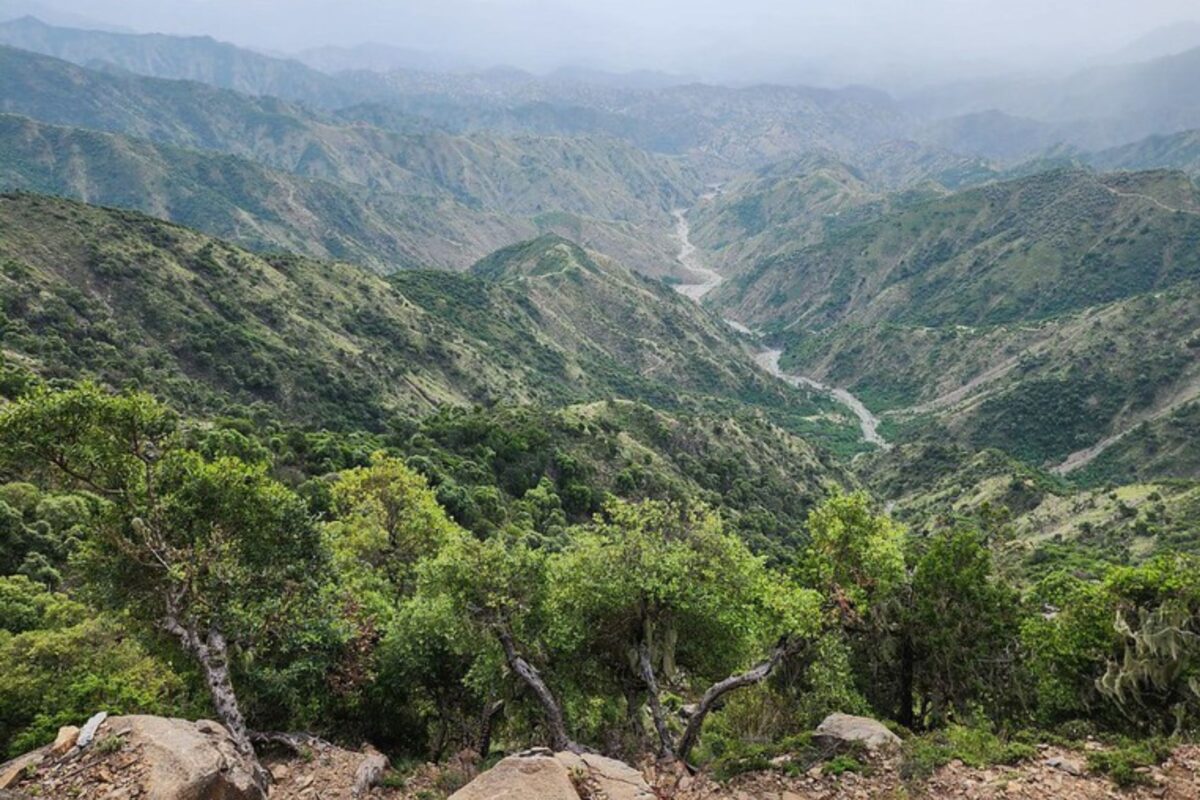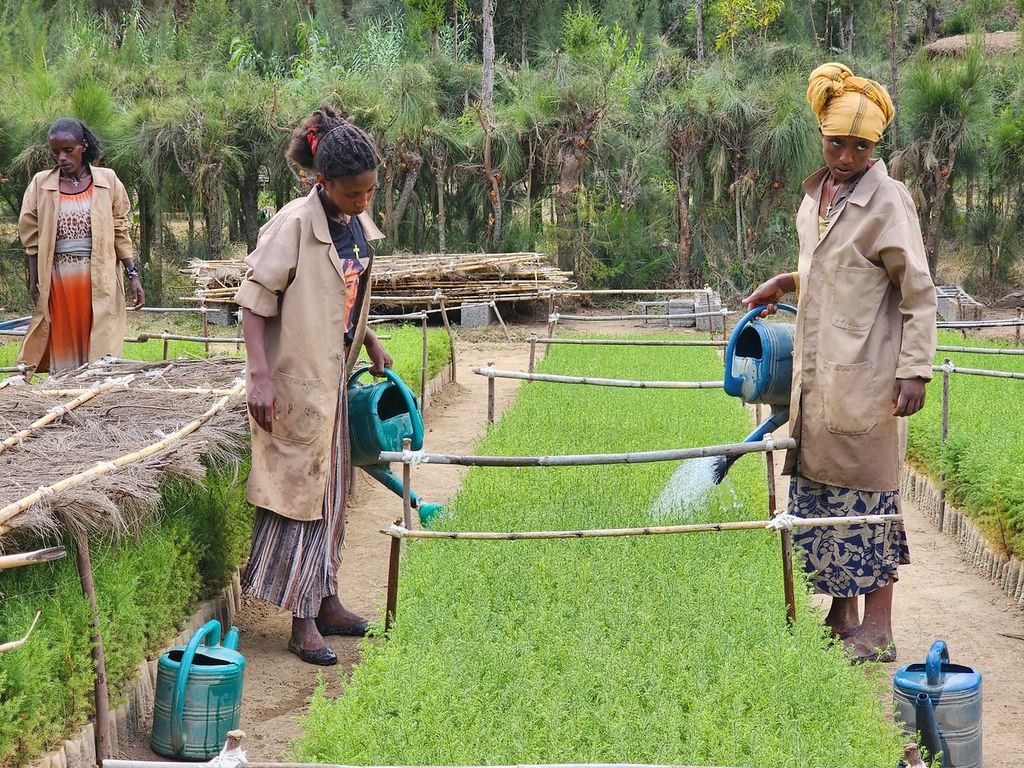While the 1.5 target remained on paper, evidence suggests that submitted national plans for greenhouse gas emissions reduction by 2030 fell far short of putting the world on track to reach this target and avoid irreversible tipping points. Only 30 out of 198 UNFCCC partners submitted updated national emissions reduction plans this year, despite it being an agreed outcome of COP26 for all to do so. We are left again wondering whether the very marginal gains in international political consensus being achieved at the COPs are making any measurable impact on the very real challenges linked to climate change that people around the world are facing on a daily basis. There is a real risk of too little too late.
The major exception to this stasis was the landmark agreement to establish a Loss and Damage Fund, finally heralding some progress on climate justice and perhaps going someway to restoring trust between richer and poorer countries. The hard work, however, is only just beginning to operationalise the fund, and it is unclear where financing will come from.
Spotlight on Forests
COP27 provided a litmus test on whether the flurry of pledges at COP26 represented sustained and concrete commitments to halting and reversing deforestation. On paper at least, it seems that this sector is becoming accepted in official international policy as a core part of climate action. Forests were addressed in a dedicated section of the COP27 outcomes document, and for the first time the phrase ‘nature-based solutions’ made it into the final draft. This represents a step forward from Glasgow where it was cut in the final hours.
A long overdue commitment from Brazil further extended the coverage of pledges to halt and reverse deforestation to the world’s major tropical forests. This is likely to unlock increased flows of funding to forest conservation in Brazil, with Norway and Germany already announcing renewed participation in the Amazon Fund.
Another new development at COP27 was the commitment of 27 members of the Forest and Climate Leaders’ Partnership to meet every six months to track progress, collaborate, and hold each other accountable on pledges to halt and reverse deforestation. This is welcome, as the Glasgow Declaration did not establish any mechanisms for monitoring progress. 35% of the world’s forests fall under the jurisdiction of the group’s members, although with some notable absences. The Partnership also attracted significantly lower enthusiasm than for the non-binding Glasgow Declaration on Forests at COP26, suggesting some reticence among countries to be forced to demonstrate progress on that pledge.
An interesting development at COP27 was a new tripartite agreement between DRC, Brazil, and Indonesia to develop a new sustainable funding mechanism to channel finance into REDD+ programmes both within their countries and other developing countries. This agreement is notable for bringing together countries that hold half of the world’s tropical forests in a powerful demonstration of South-South cooperation. If this alliance is successful, it could aid in managing international demand for timber and other forest projects to avoid deforestation rates simply between the three countries in response to bilateral action.
The private section also renewed its commitment to action on deforestation at COP27, with 14 companies in the food sector launching new activities to halt deforestation in their beef, soy, and palm oil supply chains by 2025. Private sector support for the Forest and Climate Leaders’ Partnership was also increased by $3.6bn.
However, despite the flurry of pledges at COP26 there is little evidence for measurable progress on halting deforestation one year on. Current action is insufficient to meet the 2030 pledge. With international political commitment seemingly secured, attention must now turn to delivering results on the ground to halt and reverse deforestation while protecting and strengthening the rights of local communities and indigenous peoples.
Article 6 debates continue
A disappointing aspect of COP27 was the slowing of progress on operationalising Article 6. COP26 finally saw the finalisation of the nine highly contentious paragraphs of Article 6, but countries still have little clarity on how it will play out in practice and some major decisions have been pushed to COP28. The centralised body for carbon trading under Article 6.4 cannot function until its governing guidelines are agreed. The key sticking point for Article 6.2 is on the authorisation, reporting, and accountability requirements, will disagreements over how stringent these regulations should be. The Article 6 Implementation Partnership announced by Japan at COP27 may be a useful resource in supporting interested countries to navigate the new Article 6 infrastructure and plan in the face of uncertainty. The partnership promotes international collaboration, knowledge sharing, and capacity building on the implementation of Article 6.
Countries seem to be taking two different pathways to deal with this continuing uncertainty. We may see more countries following in the footsteps of Indonesia and pausing voluntary carbon credit issuance while NDC market mechanisms and associated infrastructure are developed. While on the other hand, some countries are proceeding with bilateral agreements on transfer of emissions units despite the uncertainty. For example, COP27 saw the first authorisation for a project between Switzerland and Ghana. More countries are also openly expressing interest in using Article 6 mechanisms, including China and New Zealand.
Outside of the formal negotiations, often heated discussions continue about the role of carbon markets – voluntary and Article 6 – in halting and reversing deforestation. These discussions often focus on the risk of ‘greenwashing’ and the risk of enabling companies and countries to sidestep their direct emissions reduction responsibilities. While carbon markets must not be used to avoid much needed behaviour change, it cannot be ignored that monetising carbon can provide valuable redistribution of funds that can make a real difference in terms of delivering conservation and human development outcomes in areas that may otherwise be neglected. What is lacking from many of these conversations is a focus on the project developers rather than just the offset buyers. There are many different types of carbon project developers and forest carbon projects, and the standards agencies appear to be overwhelming in trying to see the wood from the trees. The emphasis should be on ensuring integrity on the ground to deliver conservation and community development outcomes in a market that is booming and risks losing its way.














